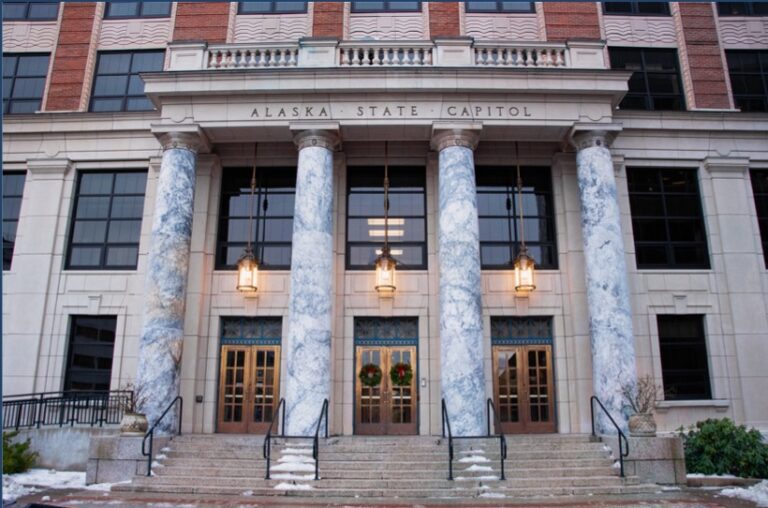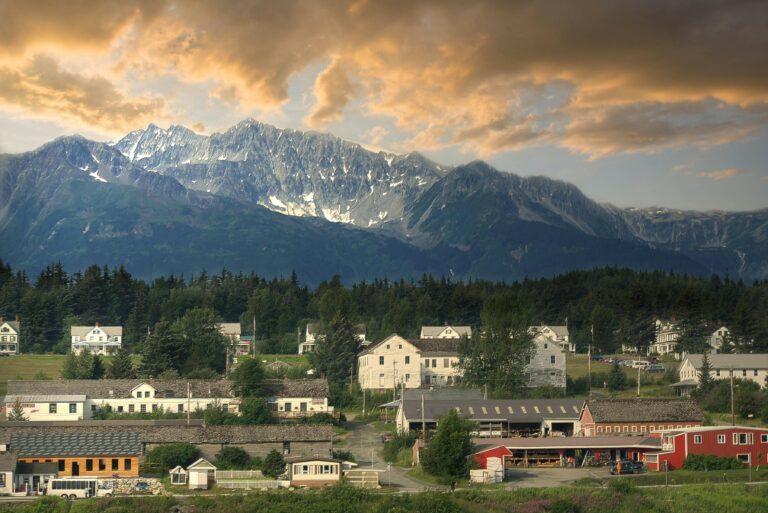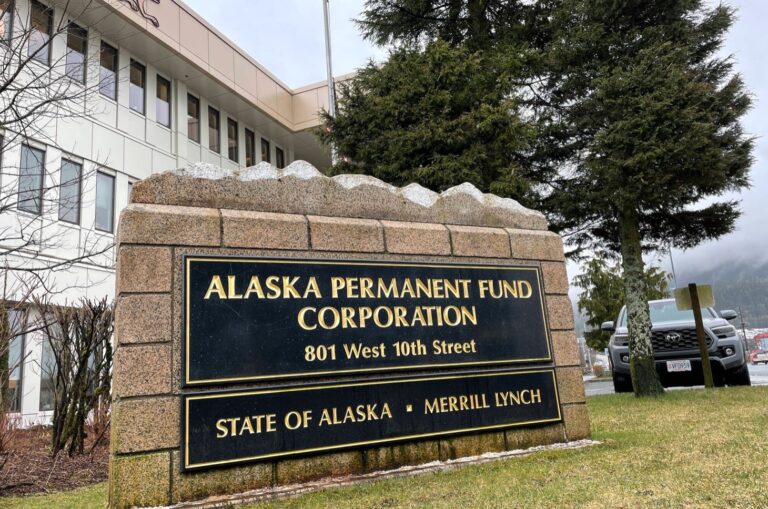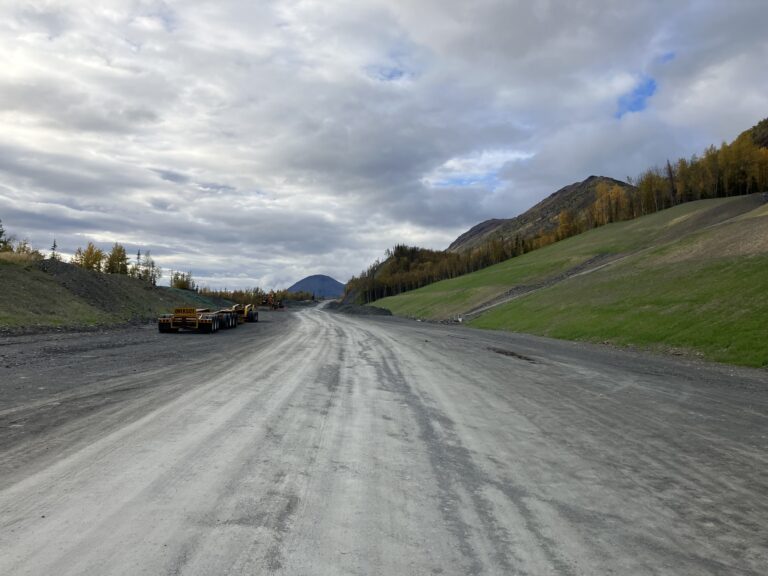By BEN CARPENTER and NATALIE SPAULDING
Editor’s Note:
This story contains grammatical and technical corrections to the original story published on Friday, September 26, 2025, under a similar title. In our effort to provide transparency, MRAK is republishing the article with corrected expenditures. We apologize to our readers and Borough officials for not independently verifying the data provided to us.
Also corrected is the terminology used for a public records request made to the state government. A Freedom of Information Act (FIOA) request is made to the federal government.
This correction also updated the article to reflect that three employee expense reports were omitted from the documents given to Ruth Ewig.
A municipal tax cap is one way to prevent a borough or local government entity from spending taxpayer money on unwarranted travel expenses or political causes. Understanding current borough spending habits can help voters decide about the necessity of a tax cap. Fairbanks residents Jon and Ruth Ewig conducted a public records request to shine light on borough expenditures.
In their effort to show why a tax cap is both necessary and desirable, Ruth Ewig requested documents detailing borough expenditures through a public records request. The documents she received show that Fairbanks North Star Borough representatives Savannah Fletcher, David Guttenberg, Brett Rotermund, Mindy O’Neall, Scott Crass, and Kristan Kelly cumulatively spent at least $16,394.23 of taxpayer money on travel expenses from February 5, 2024 – February 21, 2025. Guttenberg and O’Neall may have spent an additional $6,764.38, based on projected costs submitted by Guttenberg and O’Neall.
According to the documents provided to MRAK, David Guttenberg spent the most money. He spent $7,387.26 on three trips. Additionally, Guttenberg filed two Travel Authorization forms—one to attend the NACO Legislative Conference and one to attend the AML Winter Legislative Conference—in which he estimated $6,408.03 in projected costs.
In total, Gutenberg may have spent more than $13,000 of taxpayer money on travel expenditures. Gutenberg was required to fill out an Employee Expense Report following his trip with the actual amount of money spent as well as all receipts and records of expenditures during his trip. The expense reports for these two trips were not included in the public records request given to Ruth Ewig.
Mindy O’Neall spent $3,112.20 on three trips and an estimated $356.35 on a fourth trip. The borough also failed to provide Ruth Ewig with the expense report containing the actual amount spent on the fourth trip, which was a trip to Victoria BC, Canada to attend a conference about “preventing hate and building social cohesion.”
According to Ruth Ewig, the documents show that Guttenberg and O’Neall failed during their authorized Juneau trip to keep their appointments with their interior legislative delegation. Released Assembly reports do not account for their absences.
During the February 2024-2025 time frame, Borough Assembly member Brett Rotermund spent $1,879.09 on one trip; Scott Crass spent $1,814.76 on two trips; Savannah Fletcher spent: $1,722.11 on three trips; and Kristan Kelly spent $478.81 on one trip.
The public records reviewed by Mrs. Ewig also reveal that North Star Borough Assembly members used Borough funds to attend the Alaska Municipal League’s Annual Local Government Conference. Additionally, the Borough Assembly paid $50,000 to a lobbyist.
In 2024, according to Ewig, Borough Assembly members O’Neall, Crass, and Fletcher spent $125,000 sponsoring a campaign to remove the tax cap and to increase real property land taxes by $10 million. That campaign failed.
“These travel expenditures do not represent a wise use of taxpayer-generated revenues,” said Ewig. “Fairbanks residents know that raising the tax cap is not necessary, and that these funds can be better utilized on the proper functions of government.”











